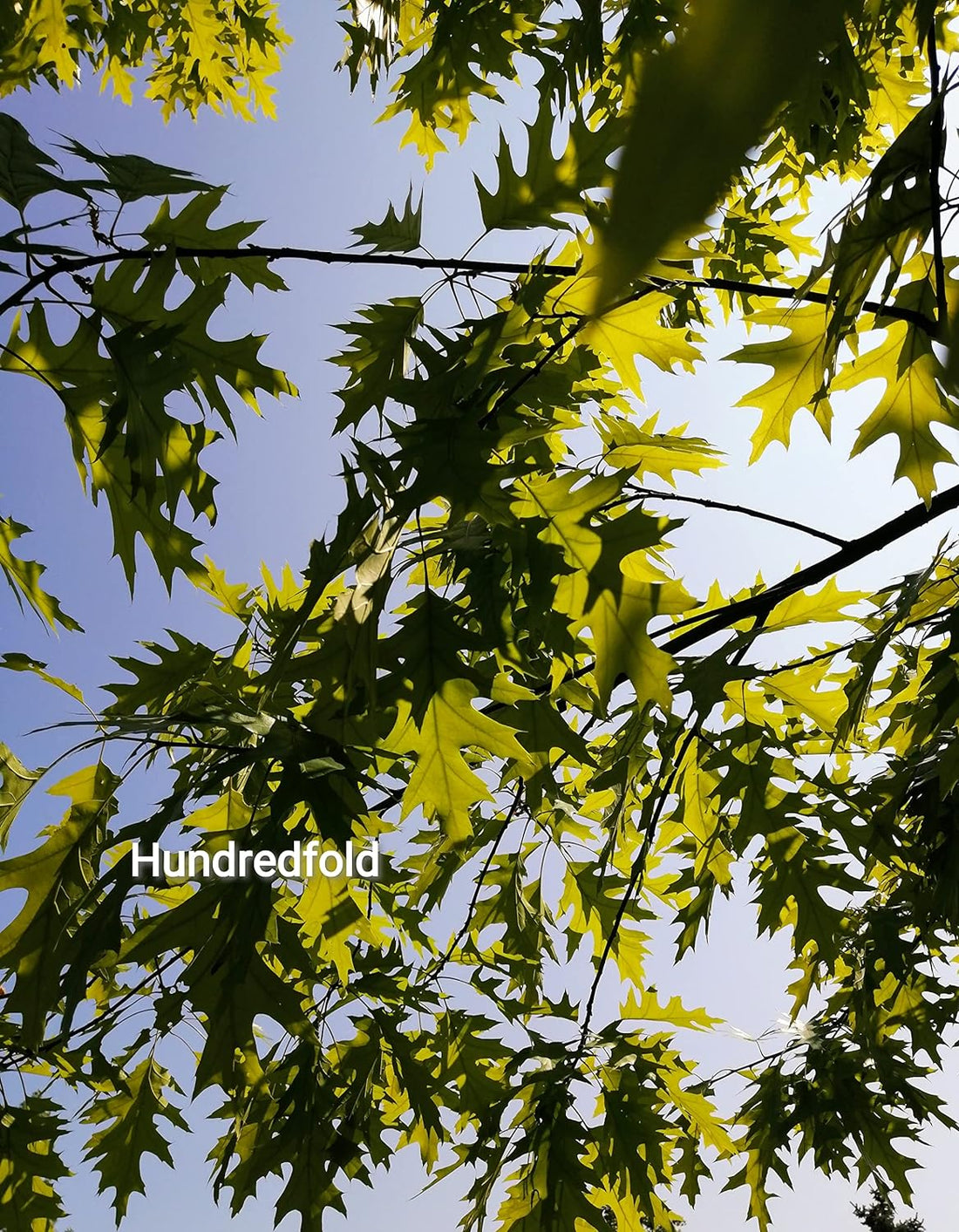
How Blue Jays Use Native Plants Like Milkweed, Oaks, and Pines for Nesting – and Why It Matters for Your Garden
Share
Blue jays are a familiar sight in Toronto, especially where oak trees thrive. Despite their presence, few Torontonians get to observe these birds up close. I count myself fortunate to have spotted a pair right from my office window, overlooking a native garden. While I don't boast a mighty oak in my small garden, I do nurture bunches of milkweed.
The connection between blue jays and milkweed might not be obvious until you witness it firsthand. One early spring morning, I watched as a jay meticulously collected milkweed fibers from the dried stems. With precision, it plucked 2-3 inch fibers and carried them to another branch, where it continued its nest-building preparations.
In my garden, I grow both common milkweed and swamp milkweed side by side. Interestingly, the jay favored the soft fibers of the swamp milkweed over the crisp stems of the common milkweed. As Mr. Jay diligently worked, Mrs. Jay flitted away unnoticed, prompting him to pause and follow her with unwavering attention.
I, too, paused my work, captivated by the harmony of this dedicated pair. Amid Toronto's bustling real estate market, where finding a sturdy tree can be a challenge, these jays persist in creating their own sanctuary.
Throughout the spring, I kept an eye out for the jays. As I write this, I recently spotted a lone jay soaring on a sunny morning. I hope its mate is nestled high in a grand oak tree, caring for their young.
Native oak species in Ontario include red oak, pin oak, white oak, bur oak, and more. Among these, red oak is particularly common in Toronto. In addition to acorns, blue jays play a crucial role in dispersing pine nuts, benefiting Toronto's native eastern white pines.
Have you wondered why blue jays seem harder to find nowadays? Perhaps it's related to the diminishing presence of red oaks and white pines in our cityscape. Could Toronto's booming housing market be a factor?